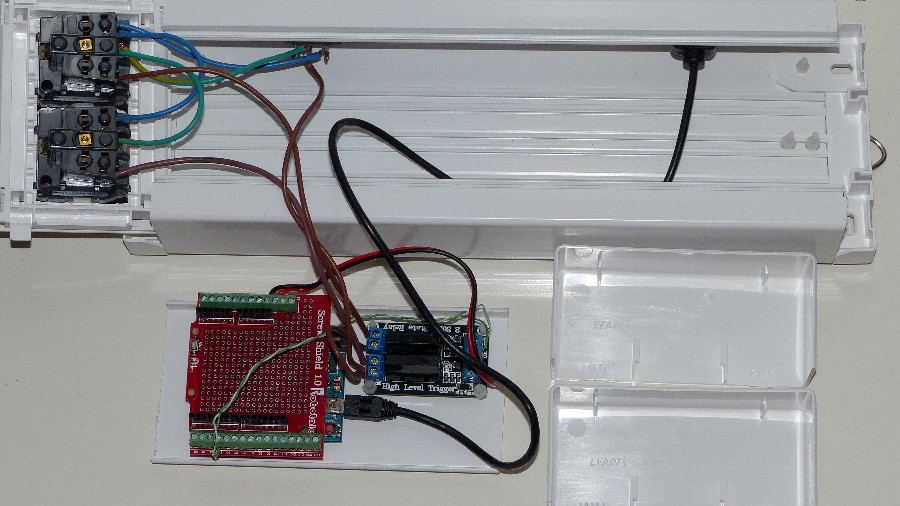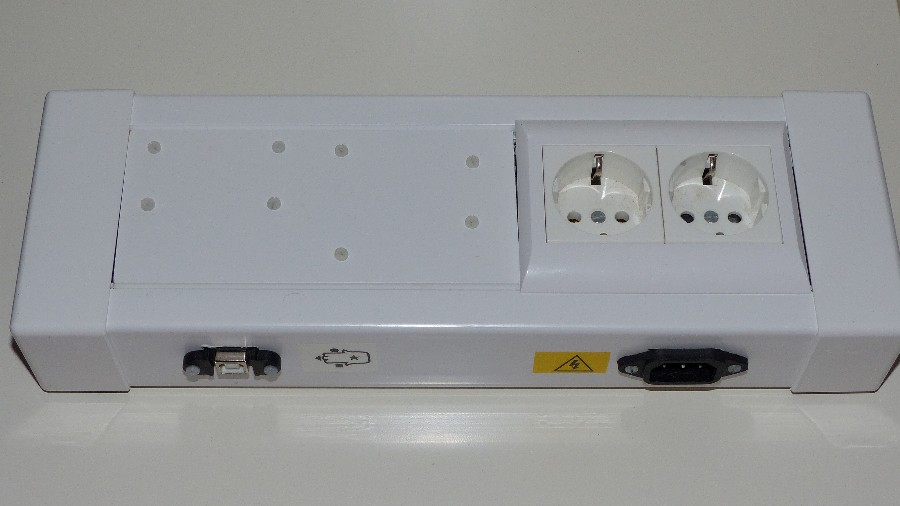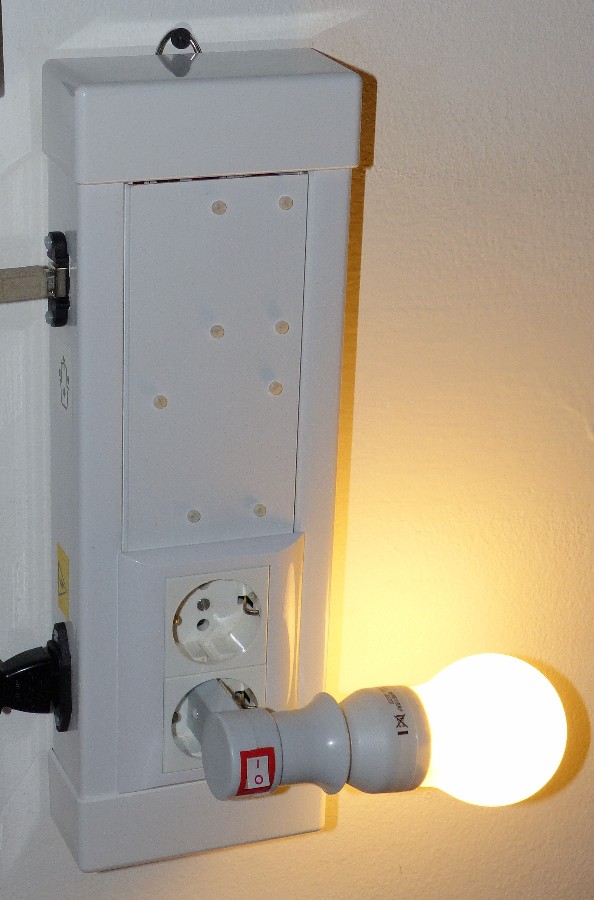One of the most commonplace in IOT and automation is the ability to turn on or off
electrical appliances.
So we had to create a module that could give the users of the system that power.
But before we put our hands on it, a disclaimer:
Dealing with electric power is dangerous, so do not do it unless you are 100%
sure about what you are doing, and a word of caution: disconnect always the cable
from mains power before messing inside the module.
For this project we are using a plastic case based system that is popular in Europe
for delivering cabling systems inside buildings. Two of most common brands are the french
Legrand and the portuguese Efapel. They are somehow compatible and in this particular
assembly we are using elements from both brands.
Legrand is more widespread and has power sockets that comply with standards for several countries.
Once again, we try to have an assembly that is straightforward to build.
The main components are an Arduino Uno and a board with a pair of solid state relays.
They do not stand too much power (theese are rated 2A). So they can drive lights, but are not
suitable for appliances that consume more power like heaters.
Their advantage is that they do not produce electric interference when they are activated or
deactivated. We plan to build another socket with electro mechanical relays, but for that we have
to add some electromagnetic filter.



 Maria João
Maria João
Discussions
Become a Hackaday.io Member
Create an account to leave a comment. Already have an account? Log In.